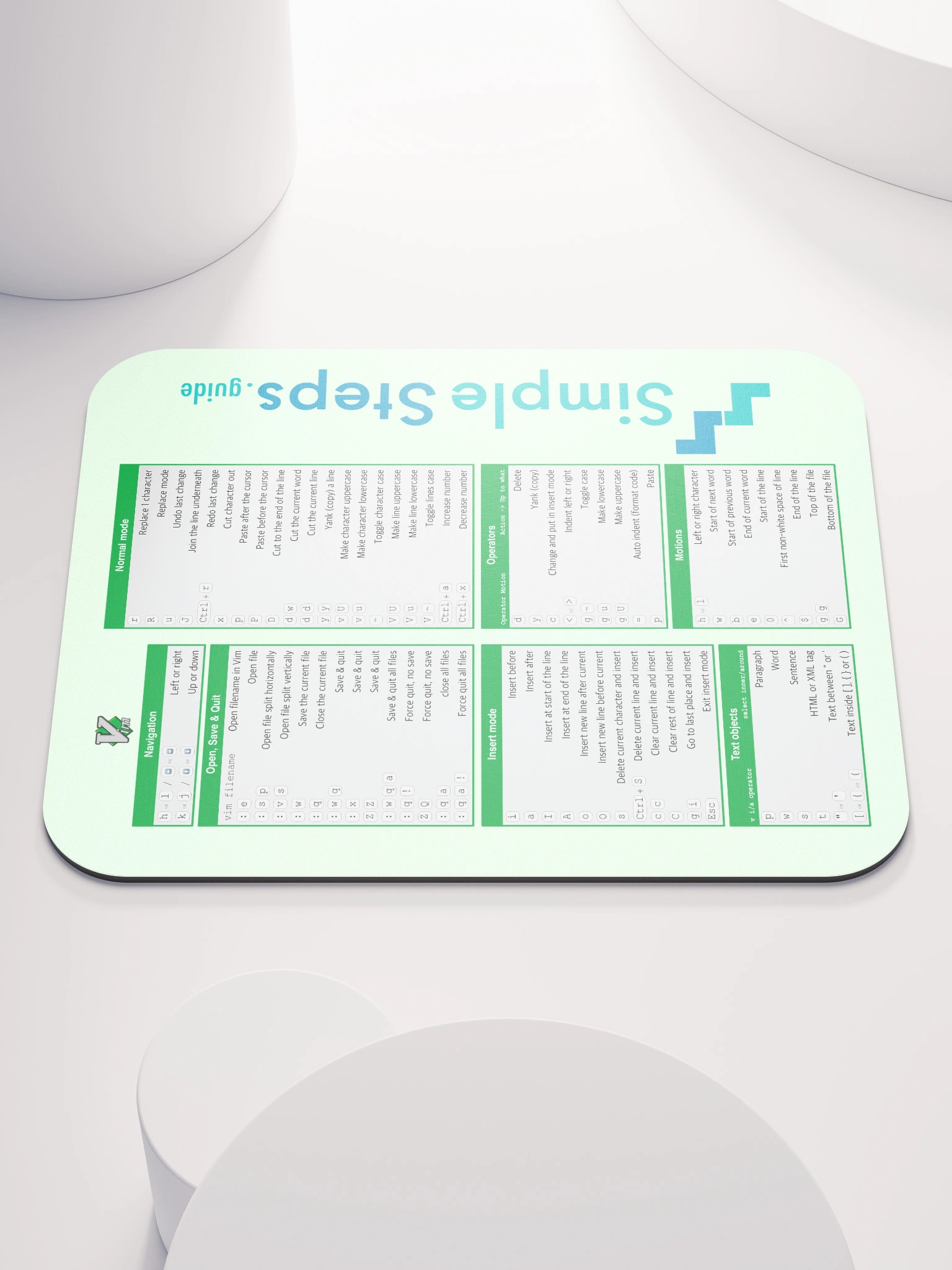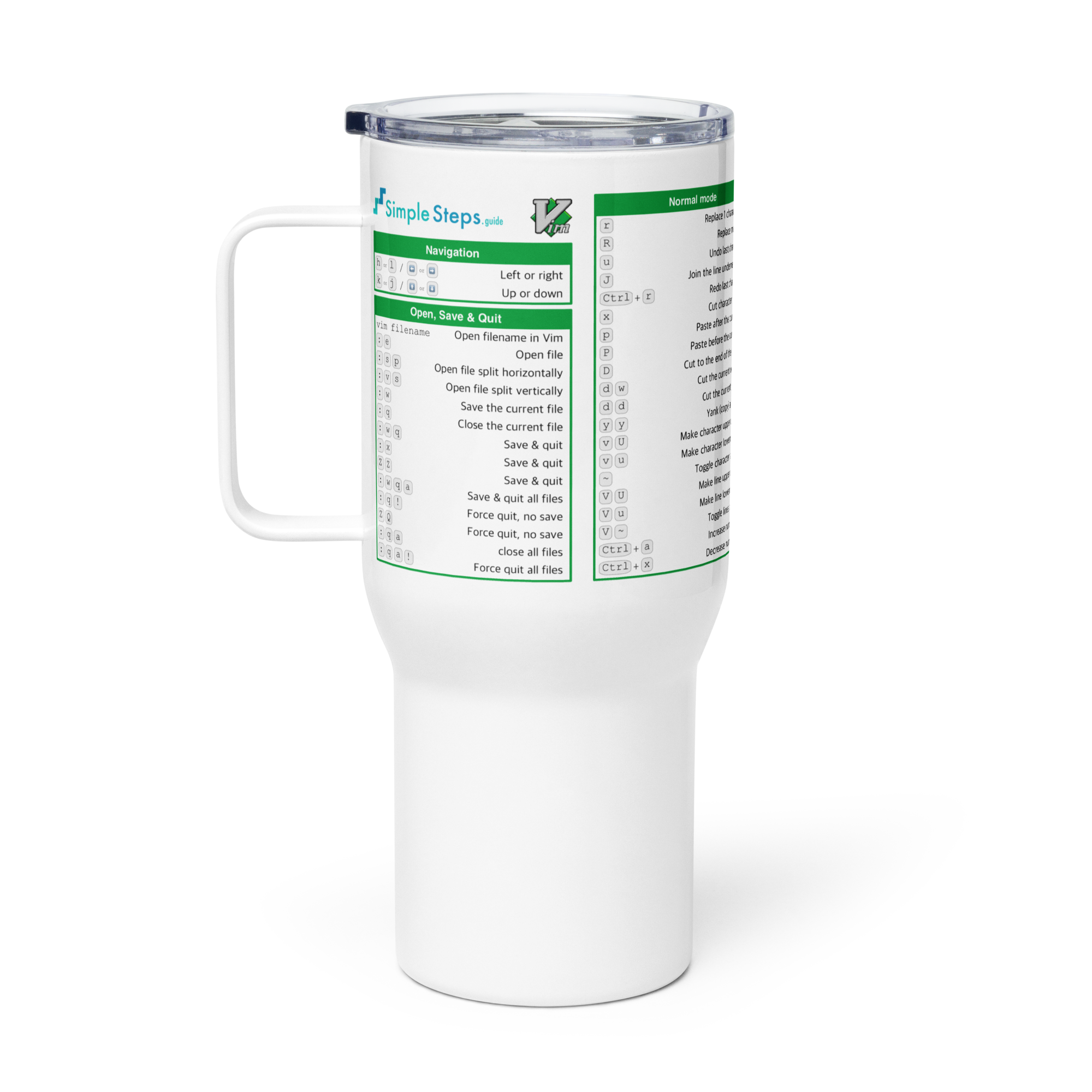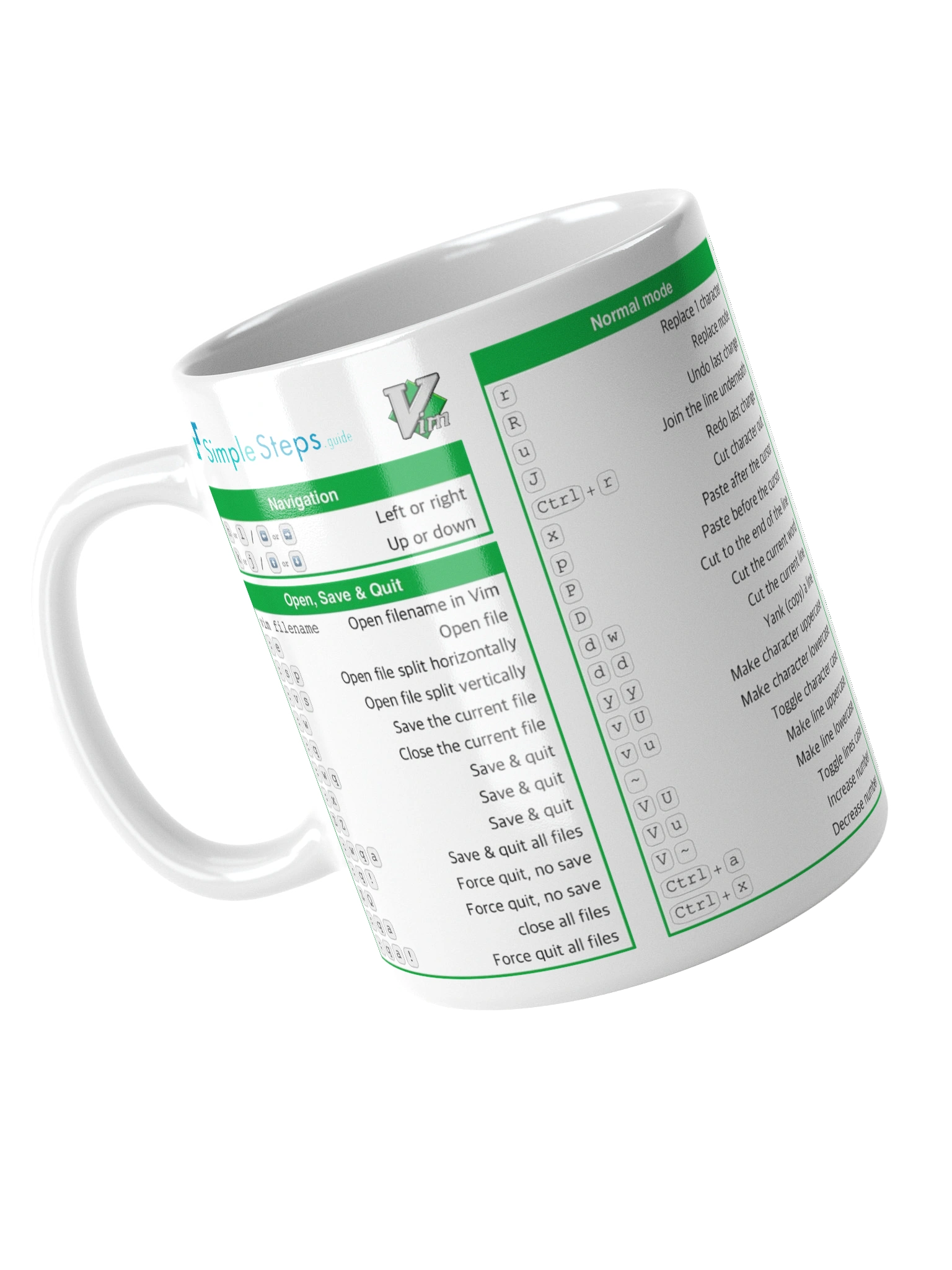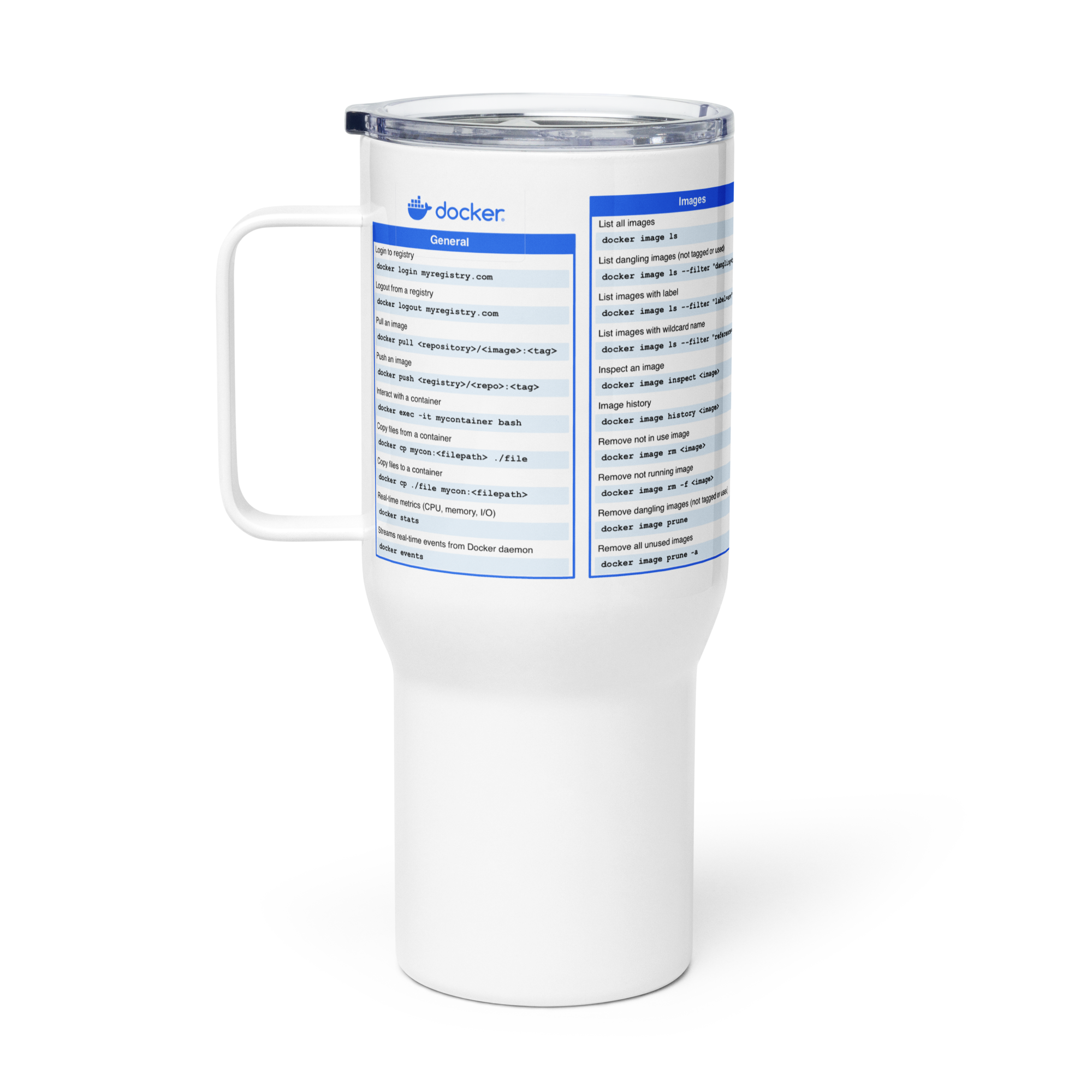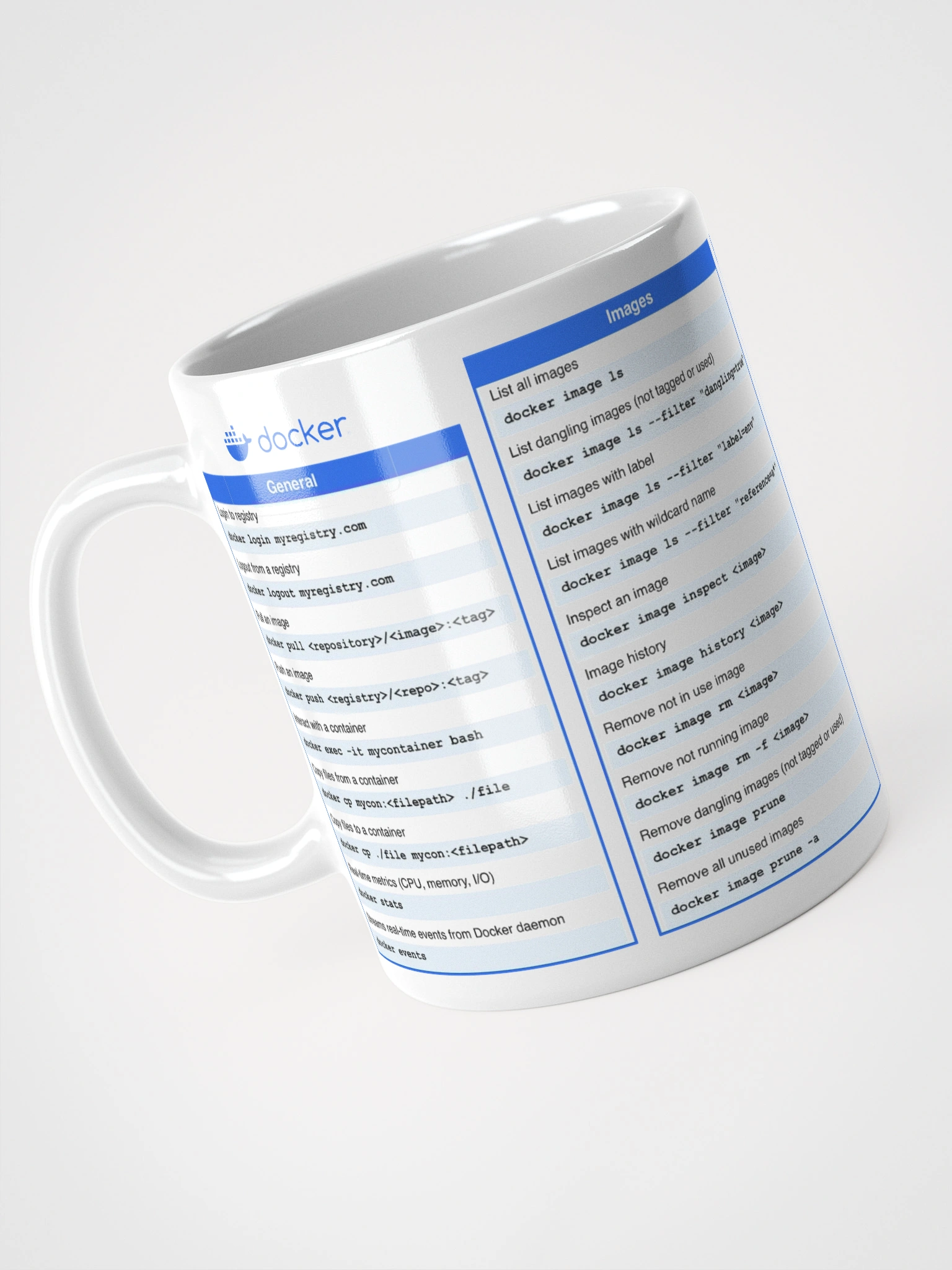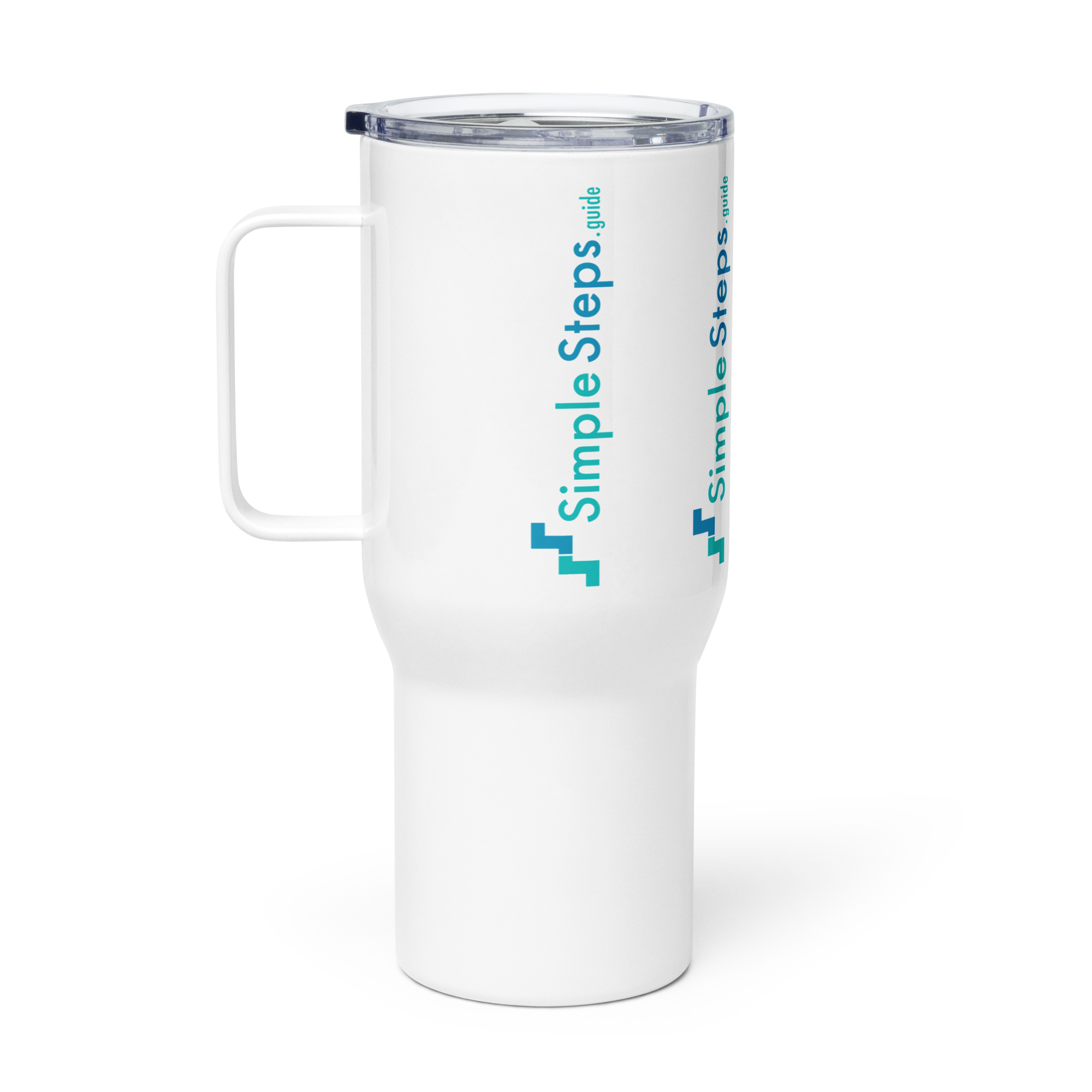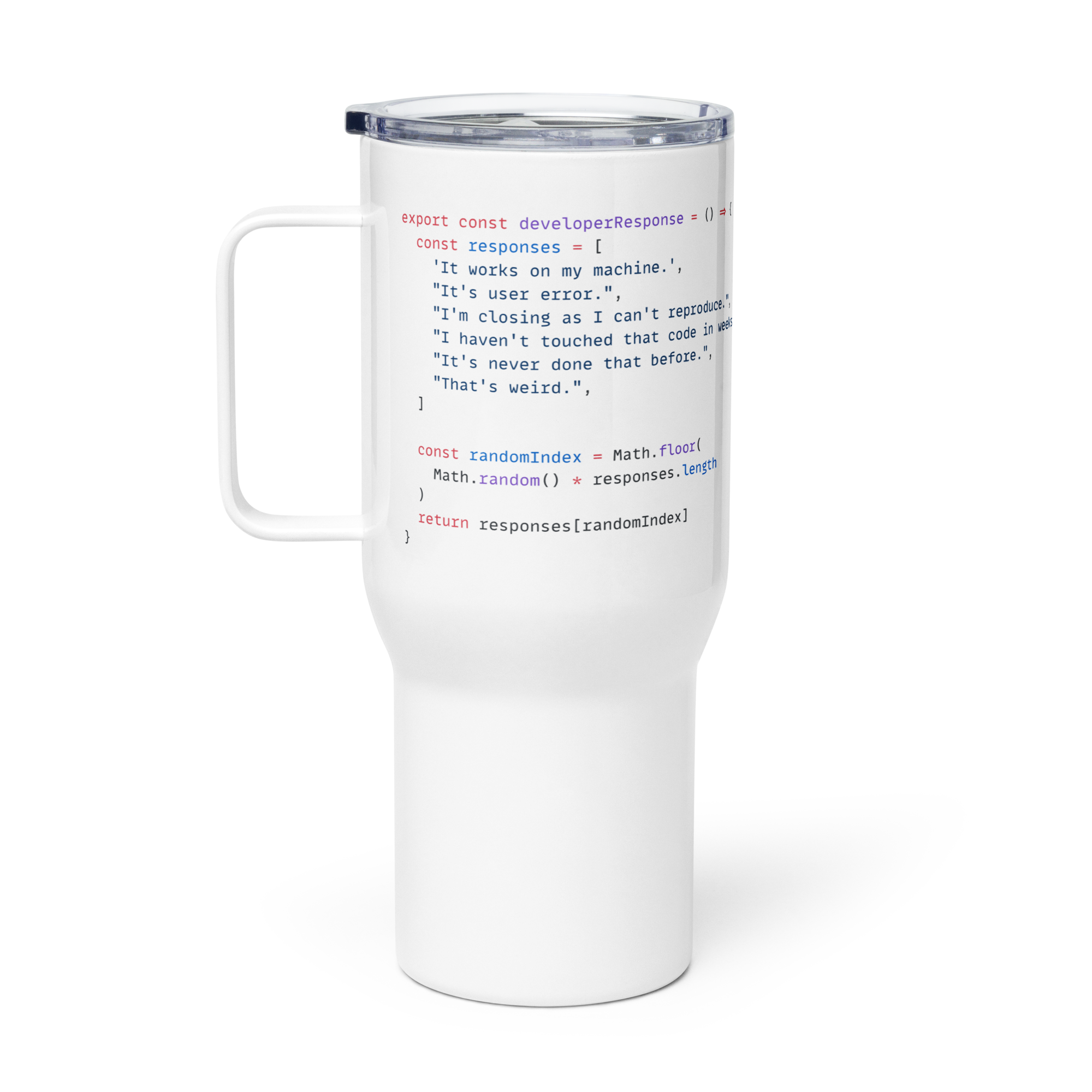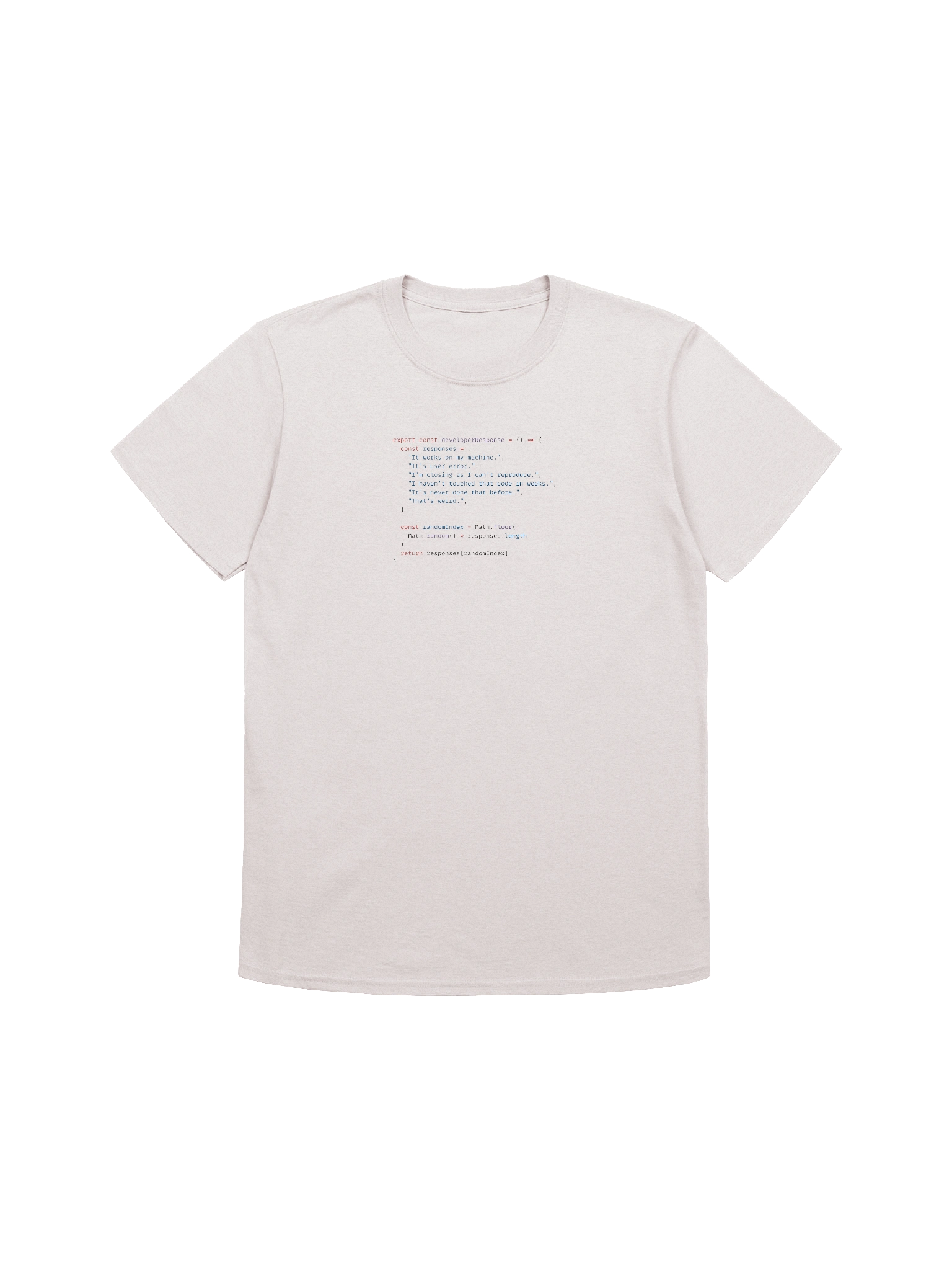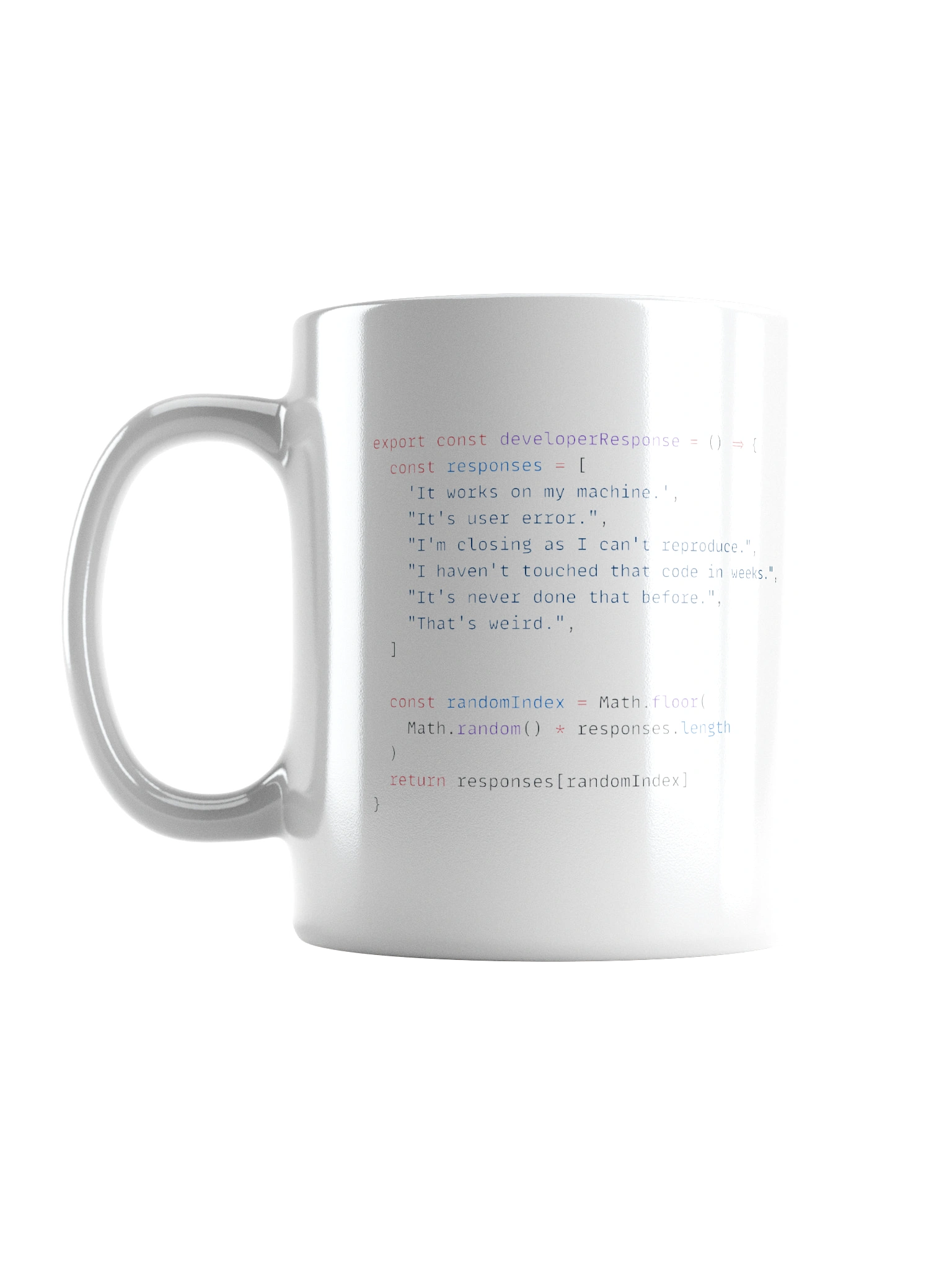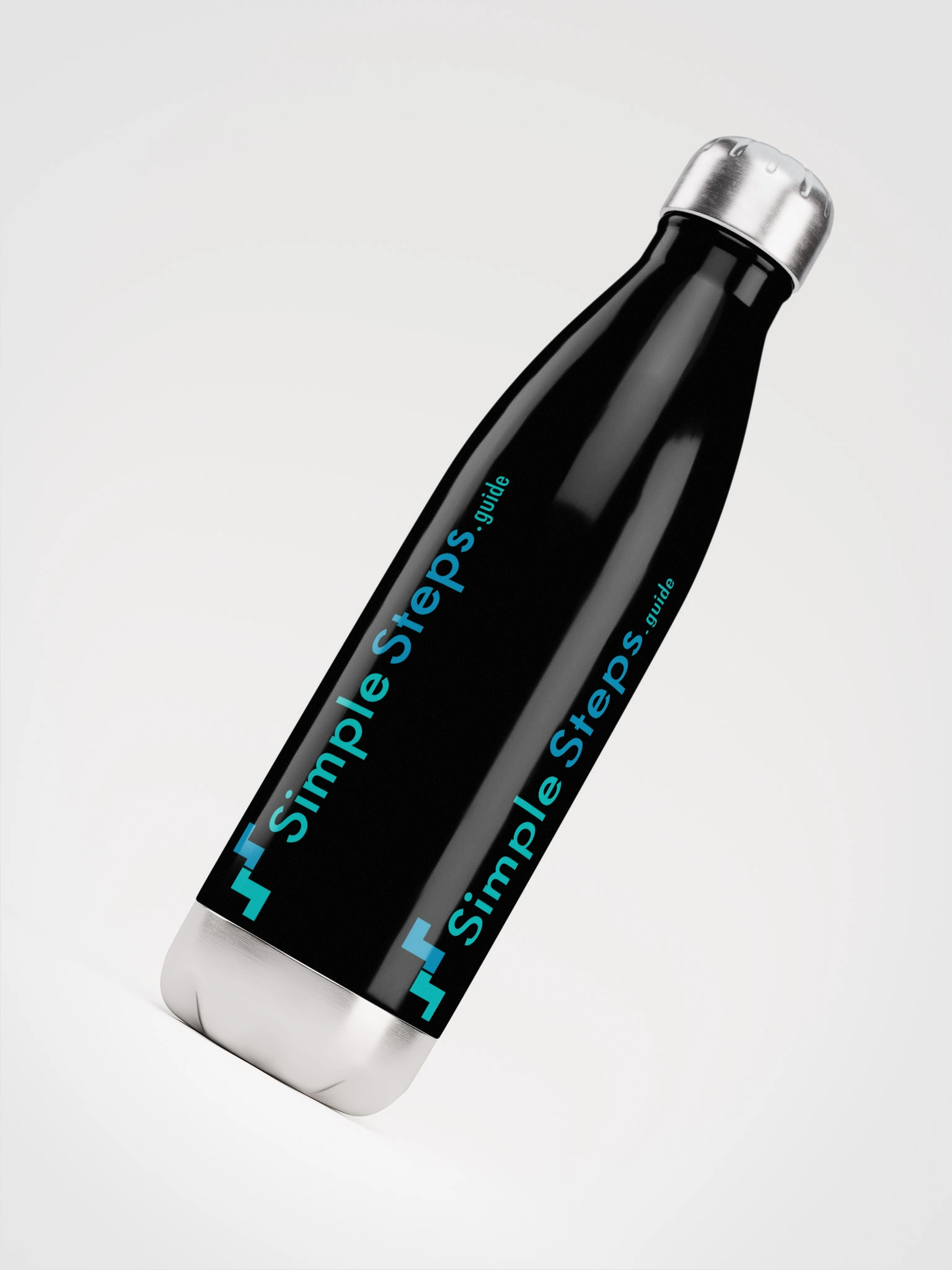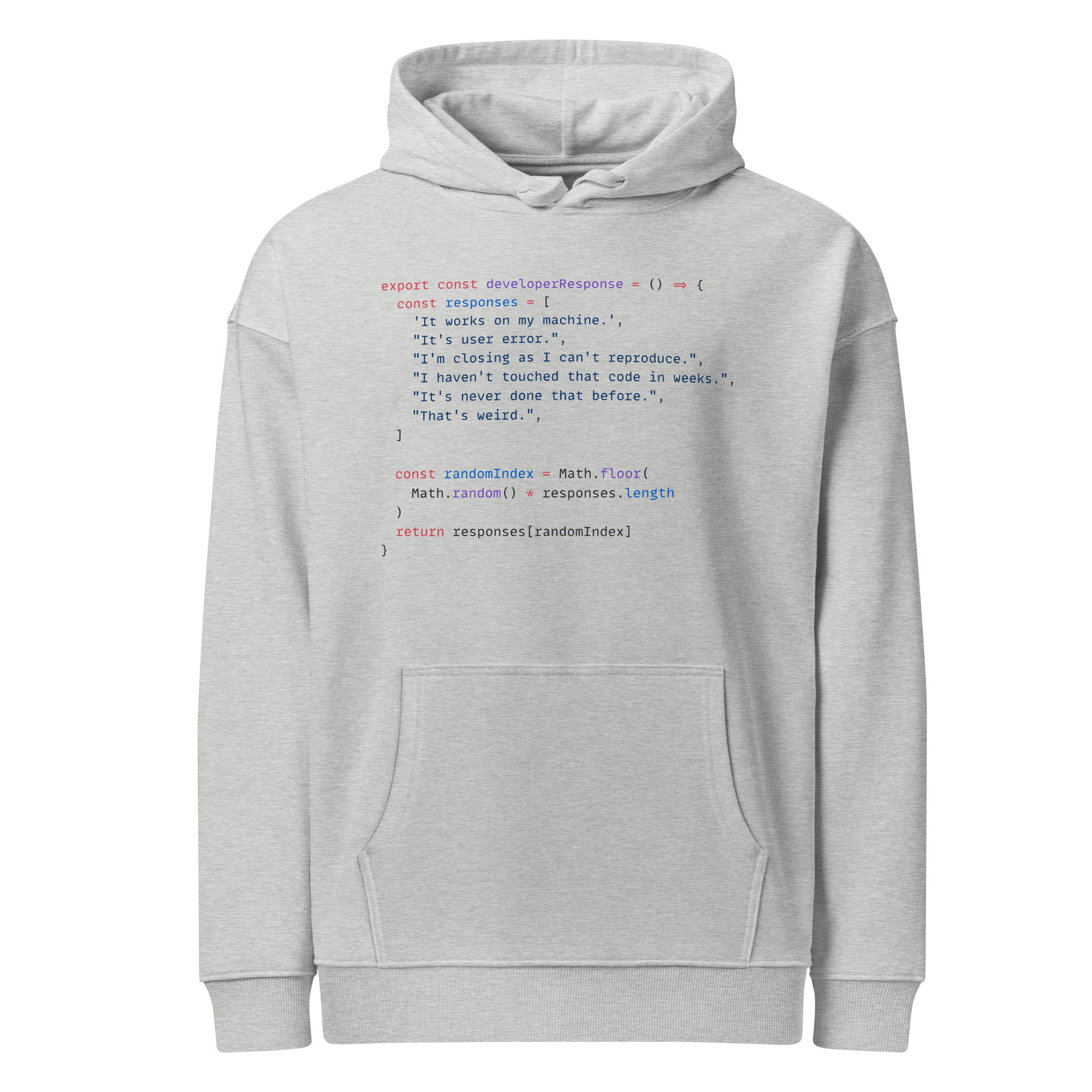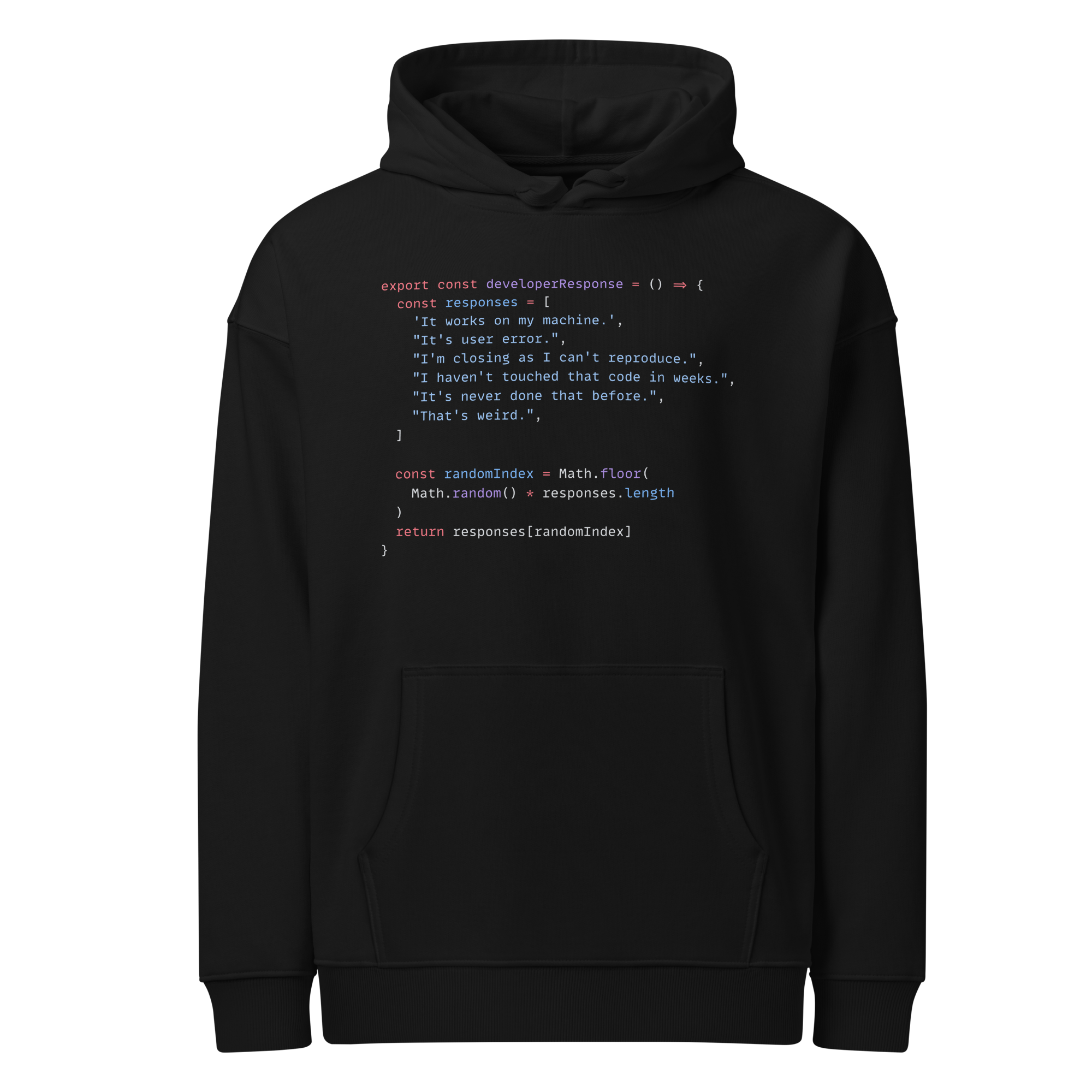Search & Replace
Vim Text Editor Quick Reference
3 min read
Published Jul 6 2025
Guide Sections
Guide Comments
Searching for text
| Key | Description |
|---|---|
/text | Search forwards for whatever text is specified, case sensitive, eg. /fish will find the text fish |
/text\c | Search forwards for whatever text is specified, case insensitive, eg. /fish\c will find the text fish or Fish or FISH etc. |
?text | Search backwards for whatever text is specified, case sensitive, eg. ?fish will find the text fish |
?text\c | Search backwards for whatever text is specified, case insensitive, eg. ?fish\c will find the text fish or Fish or FISH etc. |
/regex | Search forwards with a regex pattern, eg. /\d\{3} will search for a 3 digit number forwards |
?regex | Search backwards with a regex pattern, eg. ?\d\{3} will search for a 3 digit number backwards |
n | Next matching pattern |
N | Previous matching pattern |
* | Search for the current word forwards |
# | Search for the current word backwards |
Substitute
Substitute can be used to replace text in lines, syntax is :[range]s/pattern/replacement/[flags]
[range]- this is optional, list of options defined below.pattern- this can be text or a regex pattern.replacement- this is the text you want to add replace with.[flags]- this is optional and determines how it will act, list of options defined below.
Examples:
This will replace the first occurrence of car it finds in the file with the word bike.
This will replace all occurrences of car with the word bike in the entire file. (% = all lines, g = global per line).
Ranges
Basic range elements:
Range | Meaning |
| Curren line |
| Last line in the file |
| Line 1 |
| Line 5 |
| Line marked with mark |
| Next line matching |
| Previous line matching |
|
|
|
|
These can be combined to make ranges using commas , or semi colons ;:
Syntax | Meaning |
| Lines 1 through 5 |
| From current line to end of the file |
| From match of |
| From mark |
| Shortcut for the entire file ( |
| Current line and the next 3 lines |
| All lines between (and including) those that match those patterns |
| Line 5 and the next 2 lines (so lines 5–7) |
The difference between using , or ; :
,- Both line numbers are evaluated relative to line 1.;- The second number is evaluated relative to the first.
Flags
| Key | Description |
|---|---|
g | Replace all occurances |
i | Ignore case |
I | Don't ignore case |
c | Confirm each substitution |
Global
Global allows you to select which lines you want to run a command on. So you can combine it with replace to only replace text in a selection of lines, or combine it with delete to only delete within certain lines etc.
The syntax is :[range]g/pattern/command
[range]- is an optional range.pattern- is what pattern you want to match when selecting where you want to run a command.command- is the command you would like to run.
Examples:
On all lines containing dog, run the substitution s/cat/duck/.
Delete all lines starting with #.
Delete all blank lines.
Inverse global
Inverse global uses :v and is the opposite of the global option, so will run a command on any lines that don't match the selection.
The syntax and options are the same as global but using v instead of g.
Examples:
Delete all lines NOT starting with #.
Replace cat with duck only on lines that don’t contain dog.
